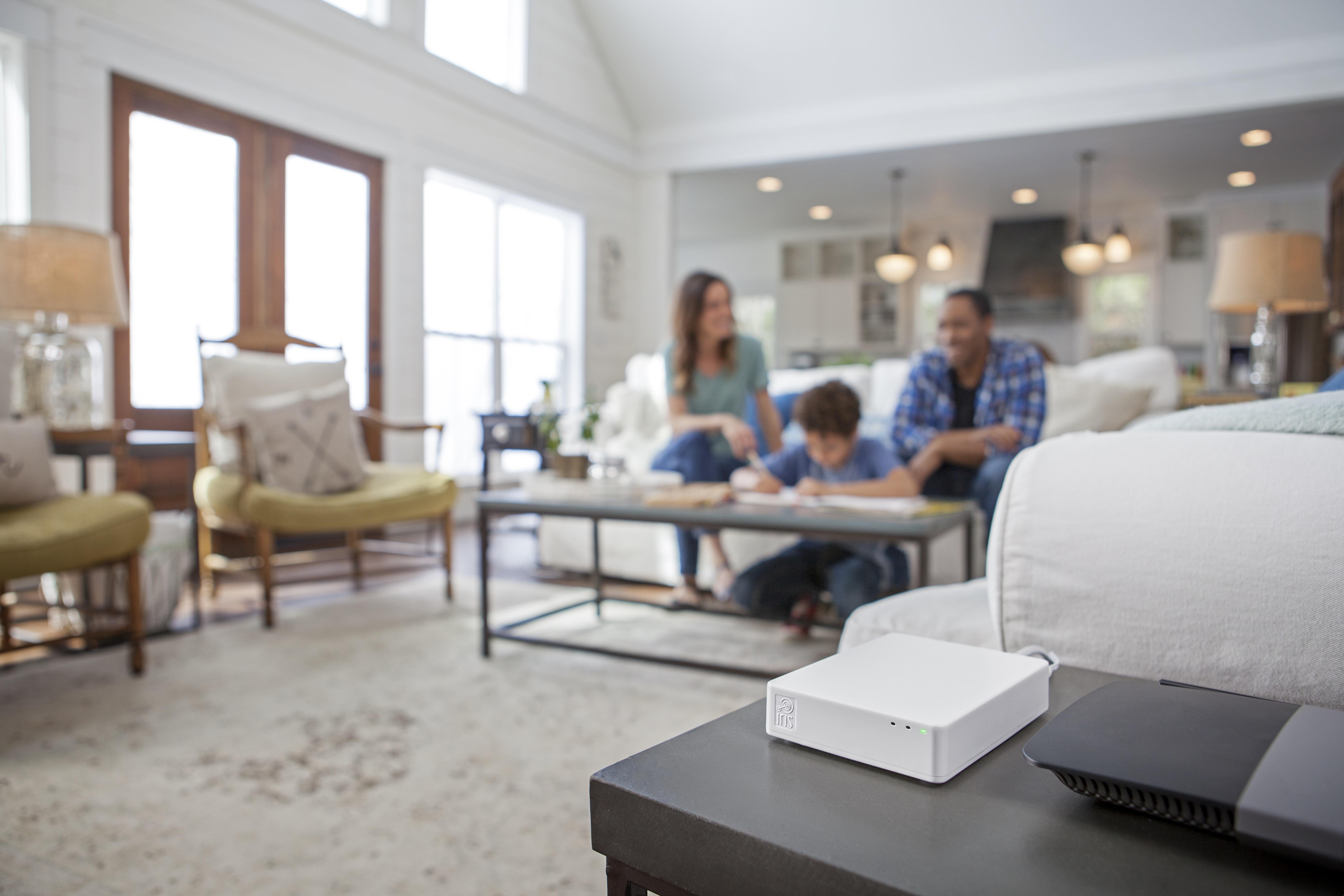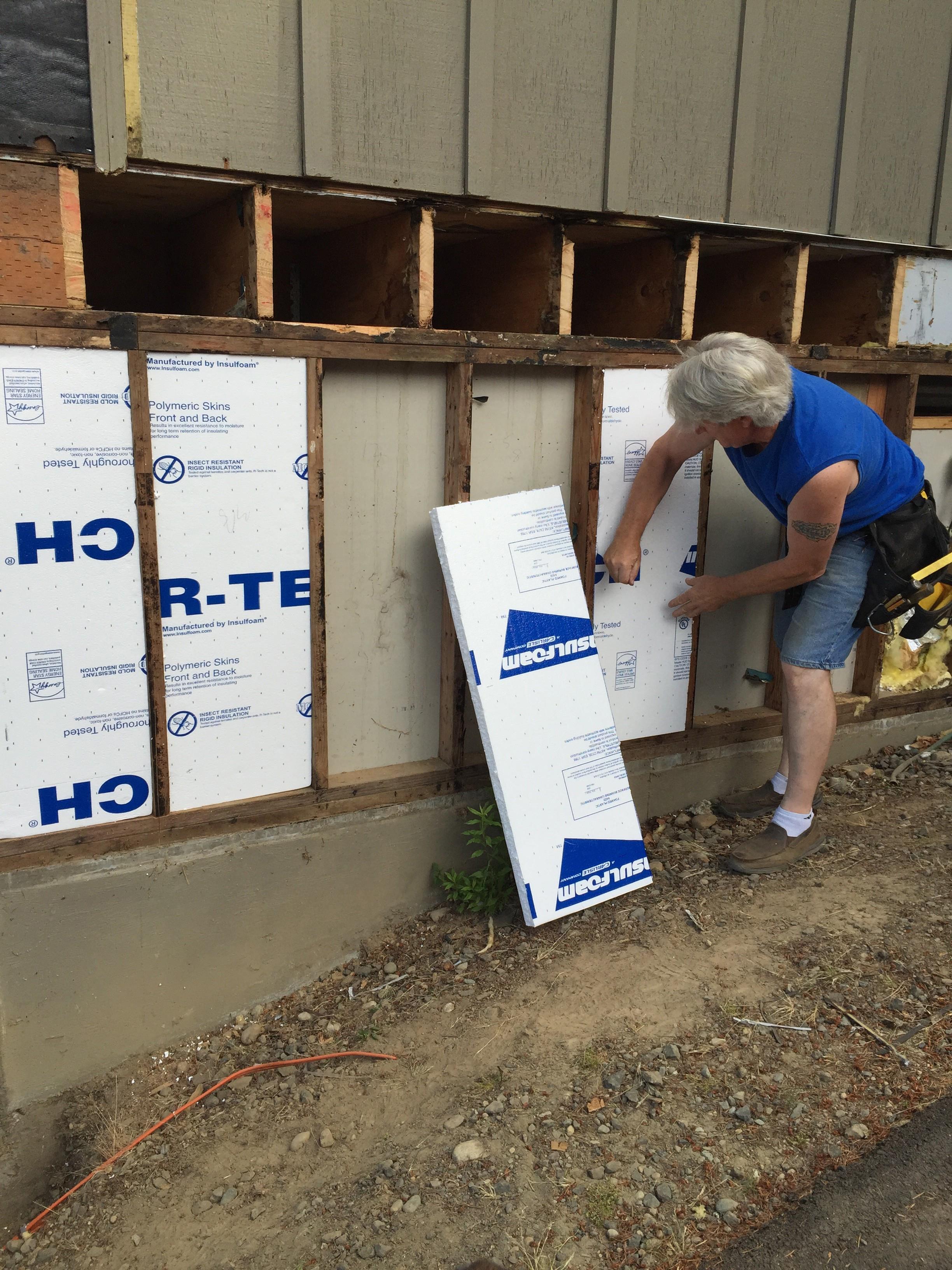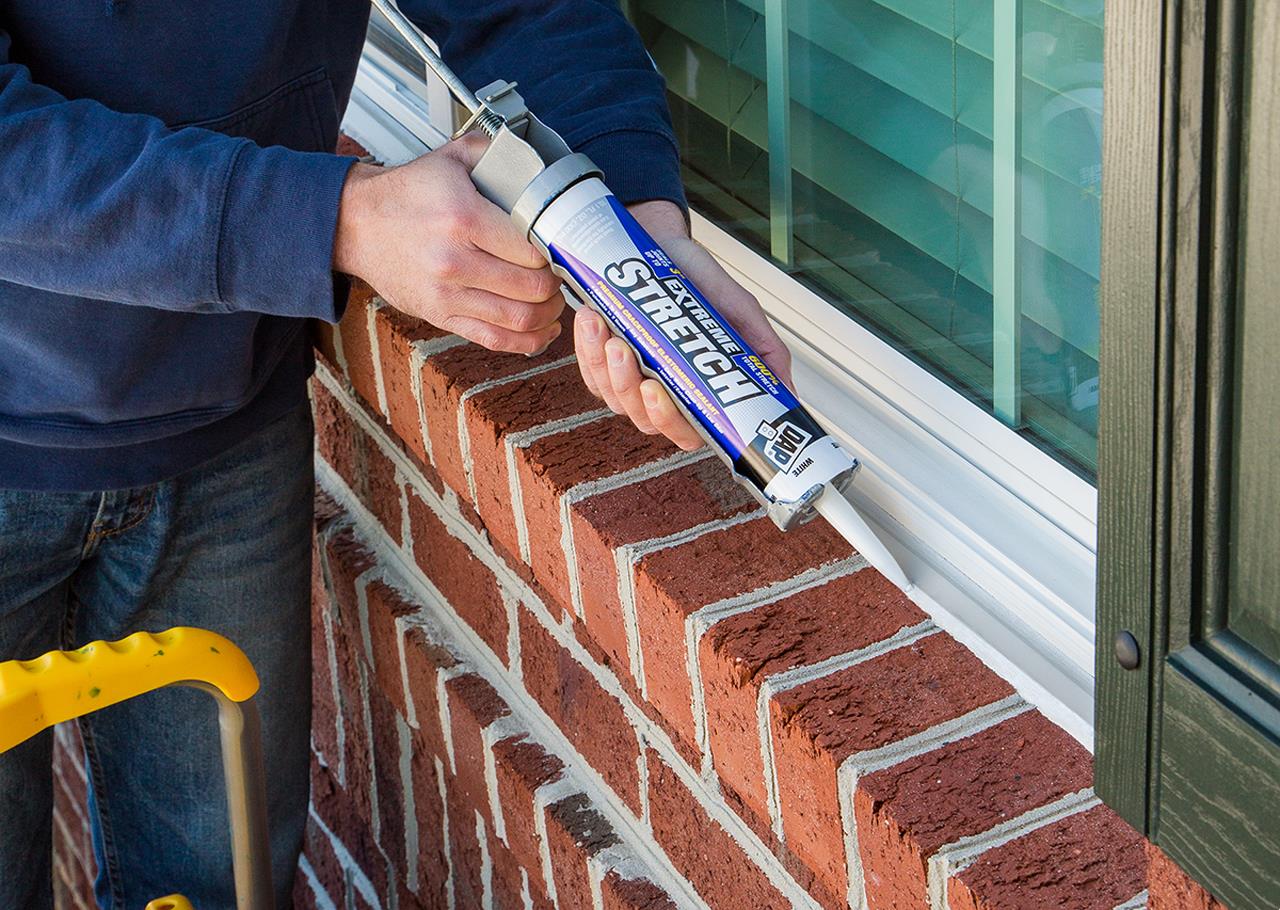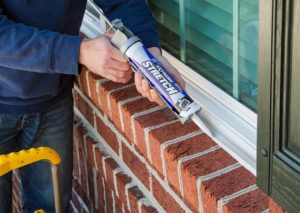 (BPT) – For generations, homeownership has been part of the American dream. For most Americans, it’s the largest, most significant investment they’ll make, and because homeownership is the best way to grow their wealth, the most important investment as well.
(BPT) – For generations, homeownership has been part of the American dream. For most Americans, it’s the largest, most significant investment they’ll make, and because homeownership is the best way to grow their wealth, the most important investment as well.
As the youngest generation of new homeowners, millennials are entering the housing market and are eager to get a home to fit their unique lifestyles. Just as every generation has its own music, its distinct style and look, the new generation of homeowners has different expectations than buyers did a few decades ago. To shed some light on these evolving home trends, here are five of the most popular features millennials look for in a home.
1. It Needs To Be Energy Efficient.
More than other generations, millennials are particularly concerned with their impact on the environment. As such, they want to be sure the home they buy will have a minimal carbon footprint. Some energy-efficient features that are a priority for homebuyers are UV-protected windows, programmable thermostats, efficient appliances and upgraded insulation.
2. It Needs To Be Customized To Their Tastes.
It’s not enough to find a home that is merely “livable”; millennials want a house that is an outward and inward expression of who they are. Translation: The one-size-fits-all model is no longer sufficient. This is one reason manufactured and modular homes from Clayton Homes have become so popular. They offer diverse floor plans with a number of customizable options to suit individuals’ needs and unique styles. There are even built-in home features for pets!
3. Rethinking Space Usage.
The era of buying a house as big as you can afford is on the way out. Many millennials are forgoing the extra bedrooms and enormous living rooms. These homebuyers prefer smarter ways to utilize space for their family’s needs, while keeping a cozy and intimate atmosphere.
4. Open Floor Plan.
In a world where everyone seems to be plugged into their phones and staring at their individual screens, the open floor plan has emerged as a way for families and guests to come together and share the same space. Basically, the fewer walls between the kitchen, dining room and living room, the better. This floor plan also aids homeowners with their entertaining needs and provides more natural light, which is very big for this young generation.
5. A Room For a Home Office.
The millennial workforce is a mobile workforce, and just as this generation is transforming the home market, it is also transforming the workplace. Millions of Americans work from home, and many more are often given the option to work a day or two a week from home. With this shift, many potential homeowners want to be sure there is a suitable workspace for an office.
With evolving needs and different tastes, many millennials worry that they will spend a lot of time searching for that one, perfect dream home. At Clayton Homes, we provide a range of green, energy-efficient home models that can be customized with a range of affordable options. From the kitchens to outdoor living areas and multifunctional spaces, millennials and everyone else can find the choices that will allow them to tailor their home and their living space to suit their lifestyle.








